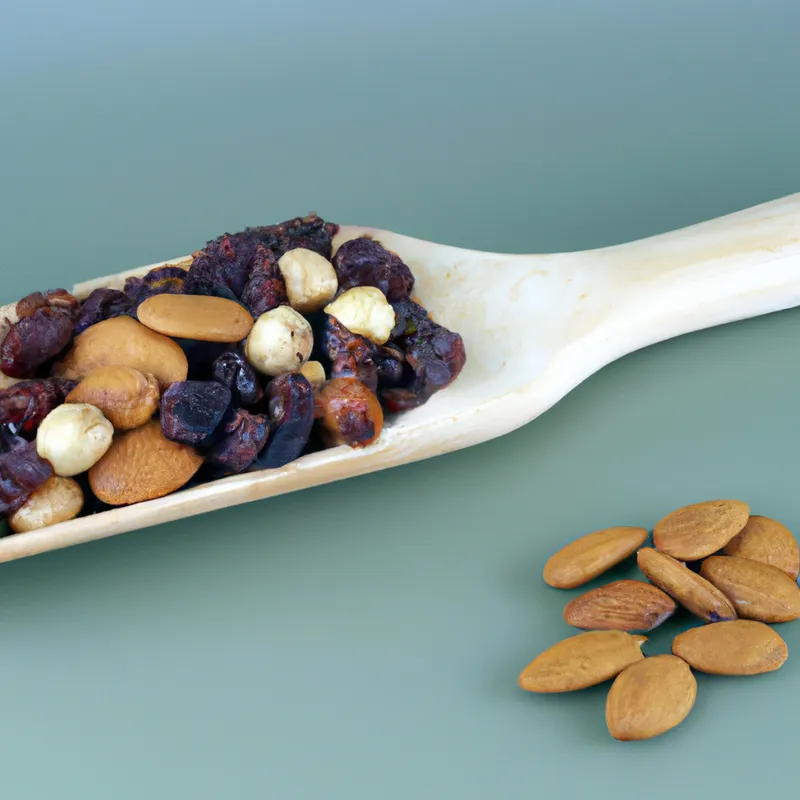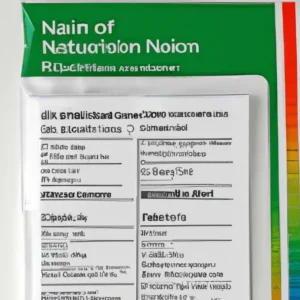Optimize Health: Track Both Macros and Micronutrients
The Benefits of Tracking Micronutrients Alongside Macros
In health and fitness, proteins, fats, and carbohydrates often dominate discussions. These macronutrients provide energy and support muscle development. However, research highlights the importance of micronutrients, such as vitamins and minerals, for overall health. Tracking both micronutrients and macronutrients improves your nutrition strategy and enhances health outcomes. This blog explores the benefits of this approach and offers tips to get started.
Understanding Micronutrients
Micronutrients are essential nutrients needed in smaller amounts. They support various bodily functions, including energy production and immune response. Each micronutrient serves specific functions. For example, vitamin C supports collagen production and immunity, while calcium promotes bone health and muscle function.
Micronutrient deficiencies can cause health issues like fatigue and weakened immunity. For instance, low vitamin D can harm bone density, and insufficient iron can lead to anemia. Despite their significance, many individuals focus mainly on meeting macro targets, often neglecting micronutrients.
Why Track Micronutrients?
Tracking micronutrients enhances your understanding of your dietary needs. Many people consume enough macronutrients but lack essential micronutrients. This imbalance can impact overall health and fitness goals. For example, low magnesium intake can cause muscle cramps and fatigue, affecting workout performance.
Tracking micronutrients helps identify dietary gaps. You may find consistent deficiencies in certain vitamins or minerals, encouraging you to modify your food choices. For instance, if potassium levels are low, increase consumption of bananas, sweet potatoes, and spinach to boost intake.
Tips for Tracking Micronutrients
1. **Use a Nutrition App**: Many mobile apps allow you to log food intake and track both macronutrients and micronutrients. Popular options include MyFitnessPal, Cronometer, and Lose It!. These tools provide detailed nutrient breakdowns, helping you identify improvement areas.
2. **Read Nutrition Labels**: Nutrition labels offer insight into the micronutrient content of foods. Familiarize yourself with these labels and look for vitamins and minerals alongside calories and macronutrients. This practice aids informed dietary choices.
3. **Incorporate Variety**: A diverse diet ensures you obtain a wide range of micronutrients. Include various fruits, vegetables, nuts, seeds, and whole grains in your meals. Different foods offer unique benefits. For example, leafy greens provide vitamins A and K, while citrus fruits enhance vitamin C intake.
Conclusion
Tracking both micronutrients and macronutrients improves your overall nutrition. By understanding and addressing micronutrient needs, you can enhance your health and fitness performance. Implement these tips to create a balanced diet.
Below are related products based on this post:
FAQ
Why are micronutrients important in addition to macronutrients?
Micronutrients are essential for various bodily functions, including energy production and immune response. While macronutrients provide the energy needed for workouts and muscle development, micronutrients support overall health. Deficiencies in vitamins and minerals can lead to health issues, making it crucial to track both micronutrients and macronutrients for optimal nutrition.
How can I start tracking my micronutrient intake?
You can start tracking your micronutrient intake by using a nutrition app that logs both macronutrients and micronutrients, such as MyFitnessPal or Cronometer. Additionally, familiarize yourself with nutrition labels on food products to understand their micronutrient content. This will help you make informed dietary choices and identify any gaps in your nutrient intake.
What are some good food sources for essential micronutrients?
To ensure you get a wide range of micronutrients, incorporate a variety of foods into your diet. Fruits, vegetables, nuts, seeds, and whole grains are excellent sources. For example, leafy greens provide vitamins A and K, while citrus fruits are rich in vitamin C. Including diverse foods in your meals can help you meet your micronutrient needs effectively.















Post Comment